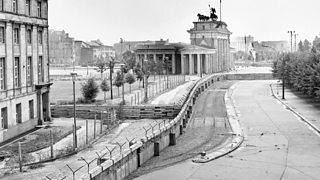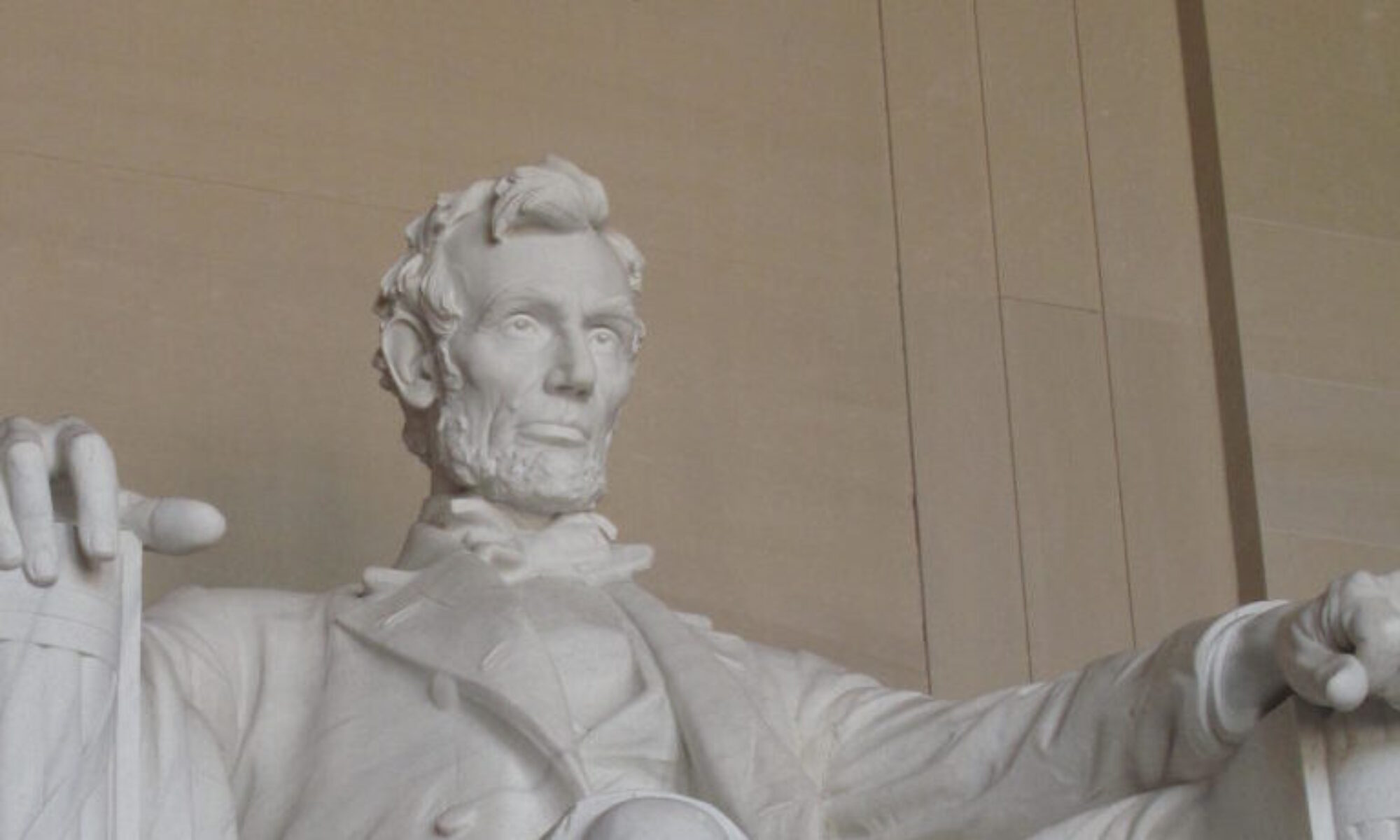
On a cold night in February, 1989, a twenty year old waiter at a local restaurant in East Berlin determined with a friend of his to engage a hasty plan to try and change their lives for good. They considered their odds somewhat better than the hundreds who had come before them, though there had been no particularly strong reason for their optimism. Since 1961, a progressively fortified barrier to any such motivations had loomed over the dividing line of East and West Berlin separating the Communist East from the free West, and a ruthless regiment of armed guards, vehicle obstacles, and razor sharp wire secured the bizarro world of a wall designed to keep the people in, like a prison, rather than constructed to hold people out. The waiter, Chris Gueffroy, and his friend, Christian Guadian, could no longer stand the stultifying life of oppression facing them on the east side of the wall, and telling no one, just before midnight february 5th, 1989, made their attempt at freedom. They successfully scaled the initial 10 foot high Hinterlandmauer and had crossed the open zone to the signal fence. It was here that their luck ran out. One of the two set off a motion alarm and the zone was flooded in lights. Desparately they sought to climb the final barrier to freedom, when border guards took aim and fired. Christian took several shots and was seriously injured.

Chris Gueffroy never found his freedom, as a bullet found his heart and struck it, killing him instantly. In an irony that often defies explanation, his failed effort at anonymous escape led a type of immortality. Chris Gueffroy became the last known victim, the final mortality, of the Berlin Wall.
We are now thirty years from the series of events that irreparably cracked the iron wall that separated conquered peoples of Eastern Europe lorded by the Russian empire from the free peoples of Western Europe. With collapse of the German war machine at the end of World War II, a ruthless but rational dividing line was agreed to by allied powers to prevent the massive armies of the Russian East and the Allied West from contacting violently and setting into motion the seeds of a new world conflict out of the disaster of the old. With conquered Berlin itself entirely within the Soviet Zone of occupation, the allies insisted upon a microcosm of the the division of Europe within the city itself, allowing the Russians to secure the eastern half of the city, and the allied English, American and French, the western remnant. The dividing line was at the Brandenburg Gate, and transport both into Berlin from the West, and West Berlin to East Berlin almost immediately became difficult and progressively restricted. The victorious Soviet dictator Stalin had no intention to cede any of the conquered territory that would provide an impenetrable buttress between the west and the Soviet Union, which had suffered most catastrophically from the German Nazi military onslaught. Additionally firm in his conviction as a Communist, of the inevitable victory of the proletariat, he determined to secure in all of the conquered territory a rigid adherence to Communist principles and unquestioned fealty to the overlords from Moscow.
The prescient Winston Churchill had unsuccessfully attempted to convince the Americans of a harder line at the end of the war, and strongly spoke out against the ever coiling and strengthening grip of the Soviet domination as the post war realities descended. At a Fulton College speech in 1946 he coined the dark dilemma and dangerous challenge for a generation:
“From Stettin in the Baltic to Trieste in the Adriatic, an iron curtain has descended across the Continent. Behind that line lie all the capitals of the ancient states of Central and Eastern Europe. Warsaw, Berlin, Prague, Vienna, Budapest, Belgrade, Bucharest and Sofia, all these famous cities and the populations around them lie in what I must call the Soviet sphere, and all are subject in one form or another, not only to Soviet influence but to a very high and, in many cases, increasing measure of control from Moscow.“
One by one the ancient kingdoms and republics behind the Iron Curtain were subjugated to the will of the Communist elite. From Poland to Hungary, from Czechoslovakia to Romania, the Baltic Republics to Bulgaria – all fell under the dark oppressive shadow of a unified Soviet communist empire. To little surprise, the most oppressive and reactionary government was reserved for the remnant of Germany that formed the East German “Democratic Republic”. Here the severest orthodoxy was injected, and the secret police, the Stazi, resembled closely their antecedents the Gestapo.
Over the decades, a battle of wills took place between the subjugated peoples and the overwhelming might of the communist dictators, with occasional brief cracks, such as the German workers revolt of 1953, the Hungarian Revolt of 1956, and the Czech Spring of 1968, ruthlessly put down. Untold numbers of political objectors and common people were harassed, imprisoned, or murdered. The occasional uprisings only seemed to speak to the permanency of the dark world that had unfolded.
It would prove to be the unlikely cooperation of a President, a Prime Minister, and a Pope that would uncover the secret sauce that achieved the inconceivable outcome of a essentially violence free destruction of the Communist empire. The slowly growing torrents that quietly but steadily undermined the Communist behemoth started with the new lines of protest opened up by the Helsinki Accords of 1975, the formation of the worker’s movement in Poland in 1980 fronted by a nondescript Gdansk dock worker named Lech Walesa and fueled by the intellectual and spiritual power of the first Polish Pope, Karol Wojtyla, the writings of the Czech political prisoner Vaclav Havel, and the indominable will of the twin towers of anti-communist western leadership, Margaret Thatcher and President Ronald Reagan. All came to bear on a seemingly impervious Russian communist Soviet state, secretly more corroded and weakened than anyone had the temerity to hope. Suddenly, by 1985, the Soviets were forced to confront their collapsing economic infrastructure and put forth Mikhail Gorbachev, who as a modern Communist, could neither support the continuing failures of the traditional collective economy nor throw communist dogma away in favor of free markets. The ineffectual twin programs of Glasnost and Perestroika only underscored the emptiness of answers under communism for the crumbling empire.
The cracks, initially so minuscule, were indisputably foundational, and once the propagations started, proved impossible to suppress. The signal for toppling the whole rotten edifice was ignited by the speech in 1987 President Reagan gave at the the very epicenter of the iron curtain, the Berlin Wall at the Brandenburg Gate:
The cracks suddenly propagated in 1989 with such force that the decrepit Soviet overlords found the momentum, and the multiple cracks, impossible to stop, or simply lost the will to slaughter their own people. The Elections in Poland swept out the Communist party from the sham legislature in the spring of 1989, leaving the weakened President to realize his own ability to influence events markedly diminished, and eventually impossible. This was rapidly followed by Hungary, who outmaneuvered East Germany by opening their border with Austria, resulting in a massive flow of desperate East Germans out of the Soviet state to the West, without having to deal with the terrible wall. In a short time, hundreds of thousands moved to get into the west through Hungary, and East Germany was in danger of literally emptying out. East Germany had been the ground zero of the entire Cold War, and it was assumed its dictator Eric Honecker, an old time Stalinist, would not go down without a fight. Crowds, however, started swelling in Leipzig, Berlin, and other East German cities and Honecker, looking for permission to crack down from his Soviet overlord Gorbachev, found Gorbachev distracted by his own burgeoning crisis at home. There would be no crack down. On October 17, 1989, Honnecker lost control of his own Politburo, who voted unanimously that he resign. He was replaced by Egon Krenz, who found himself helpless to effect any action by his security forces. At 10:45 pm November 9th, 1989, the border guards on Bornholmerstrasse gate opened the gates and allowed people to pass without permits. And the Wall forever came down.
For those of you who might be too young to remember this unbelievable event in real time, its hard to express the surge of emotions that went through tens of millions of people that day and the days that followed. The epic tragedy of World War II for tens of millions of people was to have the ultimate victory wrenched from their psyche by the almost immediate oppression of the Soviet superstate and the tremendous threat it posed to free will and individual freedom. The Cold War had dominated everyone for the next forty years and no one, except perhaps Pope John Paul II, Margaret Thatcher, and Ronald Reagan , could possibly imagine such an spectacular, peaceful, and abrupt outcome of the fall of the communist hegemony.
Yet there it was . The impervious Wall, both physical and psychological, that had stood as the ultimate symbol of the permanence of the communist version of humanity, in a single night collapsed under the weight of the millions who wanted freedom, and could wait no longer to breathe it.
We are now thirty years from the epic moments of the world celebrating on the wall, tearing it down, cheering in unison, crying to the finale of Beethoven’s Ninth witnessed by millions at the wall and hundreds of millions on television. The years that passed saw the unification of Germany, the maturing of democracies in eastern Europe, and within two years, the ultimate, the collapse of the seventy year experiment in communist oppression with the fall of the Soviet Union in 1991. The events of that night in November, 1989 however remain seared in my memory as the greatest shared moment of human achievement and ultimate expression of humanity in my own life.
We are far from that time, and pulled down by our own crises of freedom given away by those who have no real memory of a time when people like Chris Gueffroy died at the wall, so desperate to breath freedom that he was willing to risk it all on the infinitesimal chance that he would be one of the the very few who could experience an individual triumph over the oppressor.
Freedom so precious that the release of death was preferable to a life of oppression and despair. Thirty years along, Chris Gueffroy reaches across the mists of time to ask us to ever remember, and never give in. Long live freedom.

Thank you for once again making history come alive with your narration of the fall of the Berlin Wall
and how ‘the world’ was feeling at that time and place. To cede Eastern Europe and East Germany to the Soviets in the interest of peace may have been unwise, but at least understandable, from allies weary of war. But what about allowing German scientists to emigrate East and West rather than be tried in court? That ‘means-to-an-end’ also seems unwise and even immoral. But then that’s a whole other topic!
There IS irony in an immortality bestowed on the death of an individual who failed to attain freedom. There is also irony in the Germans losing the war only to dominate the European Union. I hope that Trump and others will be able to bring down the current collectivists.